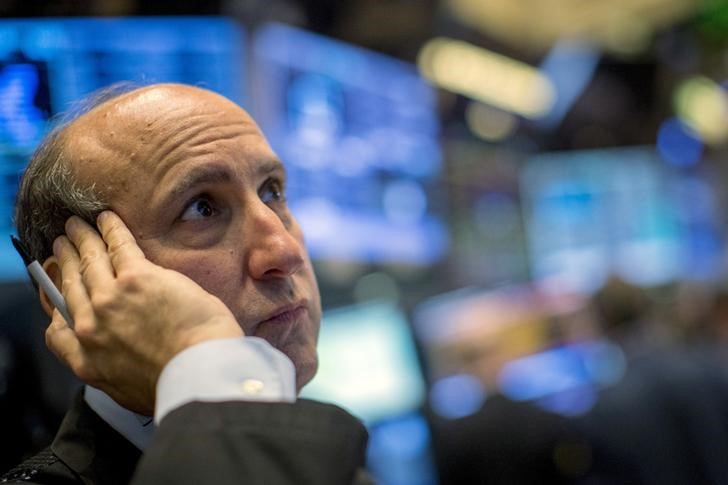Comparing the 2000-01 dot.com crash with today's situation
Investing.com -- Nomura analysts revisited the dot-com crash in a Wednesday report, noting it serves as a reminder of the feedback loops between markets and the economy – dynamics that could become important if the current market selloff worsens.
During the dot-com crash, both the S&P 500 and Nasdaq indexes saw significant declines, dropping by 24% and 56%, respectively, from their August 2000 peaks to their March 2001 lows. Similarly, the ISM manufacturing index fell below 50 during this period, signaling contraction, while non-farm payrolls showed volatility, and the unemployment rate began to rise.
The Federal Reserve responded by cutting interest rates by 300 basis points in eight months, though it took several months for these cuts to begin, with the first rate reduction of 50 basis points in January 2001—four months into the market correction.
Fast forward to 2024, and despite some recent market turbulence, the S&P 500 and Nasdaq indexes have not experienced such sharp corrections. However, the unemployment rate has increased more quickly, rising from 3.7% in January to 4.3% in July.
In contrast to the dot-com era, core inflation remains above the Fed's 2% target, while consumer confidence is weaker. The ISM manufacturing index has also fallen below 50, but not to the same degree as during the early 2000s.
Nomura points out that in both cases, loose financial conditions played a role in asset price growth. Today, U.S. financial conditions remain relatively loose despite the Fed's tightening cycle, which has supported rising asset prices. However, this creates the risk of a sharp correction if conditions tighten unexpectedly.
The report emphasizes two key takeaways. First, during the dot-com crash, the Fed "did not quickly come to the rescue of the equity market; rather, it responded quickly once the labor market was clearly weakening,” Nomura notes.
Secondly, when a negative feedback loop develops between declining asset prices and a weakening economy—through diminished wealth, confidence, and loan collateral— the Fed tends to act "more rapidly and forcefully."
In this context, the analysts caution that the market could be at a pivotal moment. Should the upcoming jobs report show further weakness, and the equity market downturn worsens, they warn that the economy "may not be far from triggering this vicious feedback loop."
Source: Investing.com
